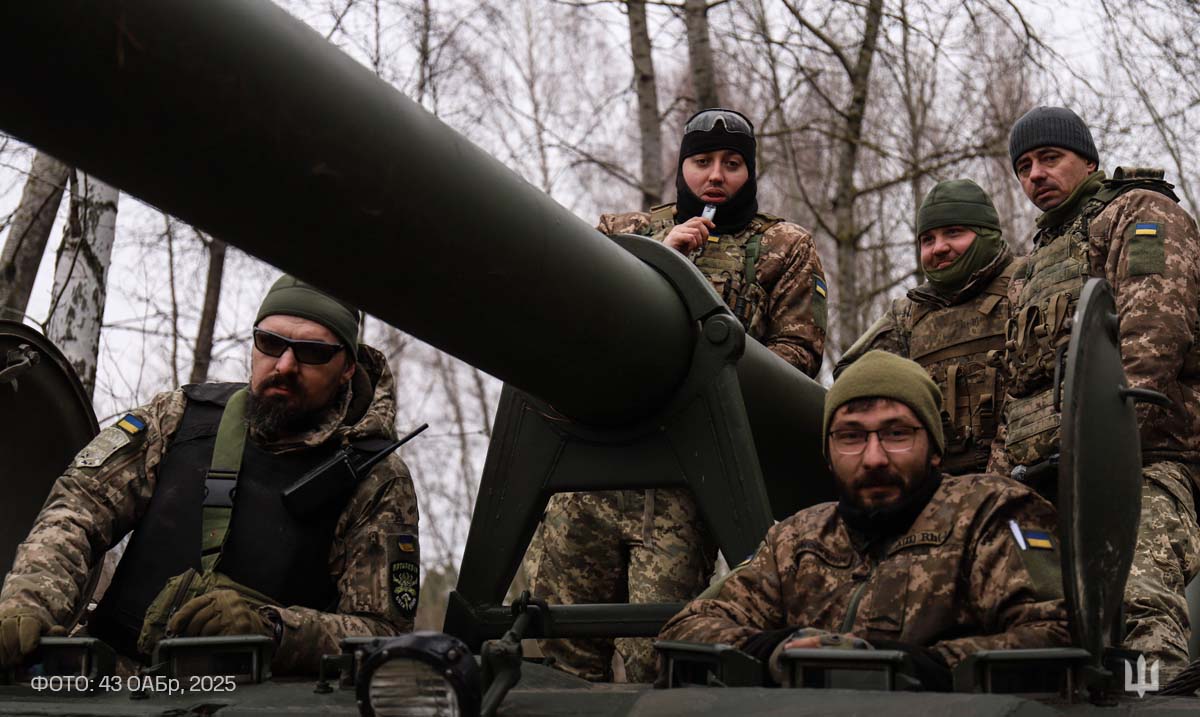In a striking paradox of modern warfare, up to 1,700 soldiers deserted from Ukraine's French-trained 155th Brigade throughout 2024. The unit, equipped with modern Western weapons and fresh from NATO training, proved less effective than older brigades using Soviet-era equipment. Military historians would find this outcome grimly familiar.
This crisis has prompted President Volodymyr Zelenskyy to halt the formation of new brigades in early January 2024, facing the same painful truth that armies have confronted repeatedly over history: leadership, training, and cohesion matter more than hardware.
Key takeaways:
- Ukraine’s new brigades struggle despite NATO training and modern equipment.
- Lack of leadership, inadequate training, and poor resource allocation weaken them.
- Historical lessons show reinforcing existing veteran units is more effective.
- Ukraine is shifting toward division-based structures and better training—but is it too late?
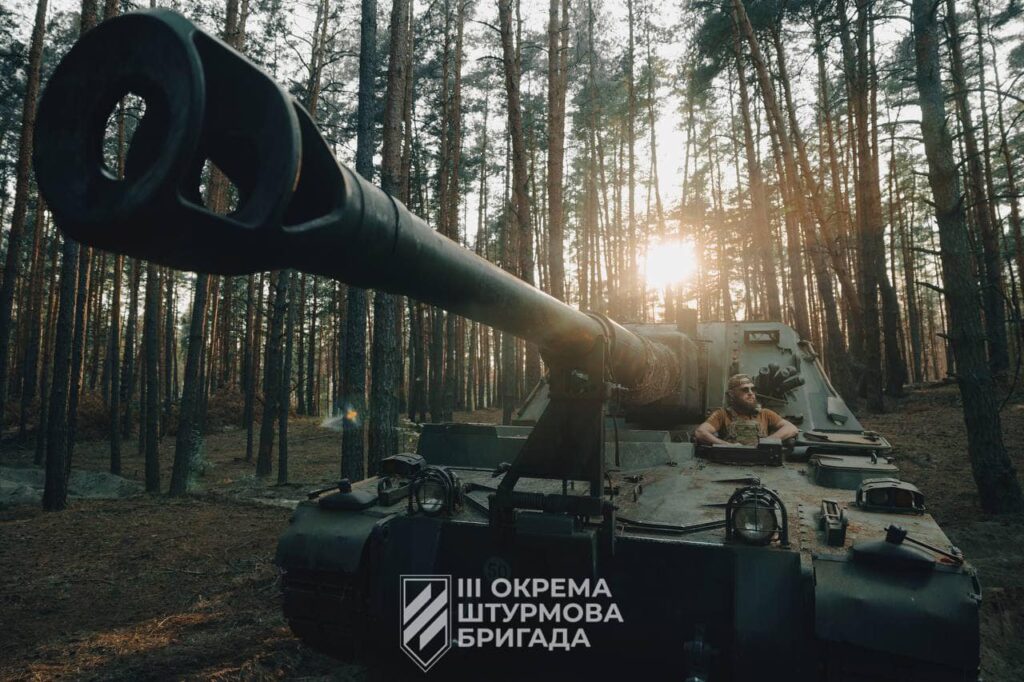
New brigades prove less effective despite Western training and equipment
In 2024 alone, Ukraine created nine new brigades,numbered from 150 to 157, plus a heavy mechanized brigade - with a combined authorized strength of nearly 50,000 troops. The 156th Mechanized Brigade is still undergoing training, while plans for brigades 158, 159, 160, and 162 have been suspended following Zelenskyy's intervention.
Despite receiving modern APCs, IFVs, and tanks, these formations consistently underperform compared to battle-hardened units operating with significantly less equipment.
The 153rd Brigade's experience proves particularly telling. Despite receiving Bradley Fighting Vehicles and six battalions' worth of personnel, it can now only hold a 4-kilometer front line—less than what a single battalion should manage according to military doctrine, military journalist Yuriy Butusov writes.
Almost 10 such brigades have failed in combat zones, reveals Captain Serhiy Filimonov, Commander of the elite 108th Separate Battalion "Da Vinci's Wolves." Each failure follows a similar pattern: the new brigade loses its assigned sector and requires rescue by experienced units.
"Instead of creating new brigades and staffing them, we need to reinforce existing brigades with both personnel and material resources," military volunteer Serhiy Sternenko argued. "While the higher military command's logic might be aimed at creating reserves, we're effectively bleeding dry our existing brigades that are currently holding defense on the most difficult fronts."
Ukraine’s new brigade saga validates historical lessons
These challenges would be grimly familiar to military commanders throughout history.
As far back as the Roman Republic, legions maintained effectiveness by integrating new recruits into veteran units rather than forming entirely new ones. Experienced centurions, promoted from the ranks, ensured crucial knowledge transfer to newcomers.
Even earlier, Alexander the Great's remarkable conquests relied on maintaining veteran Macedonian units at the core of his army, with new recruits integrated gradually under experienced leadership.
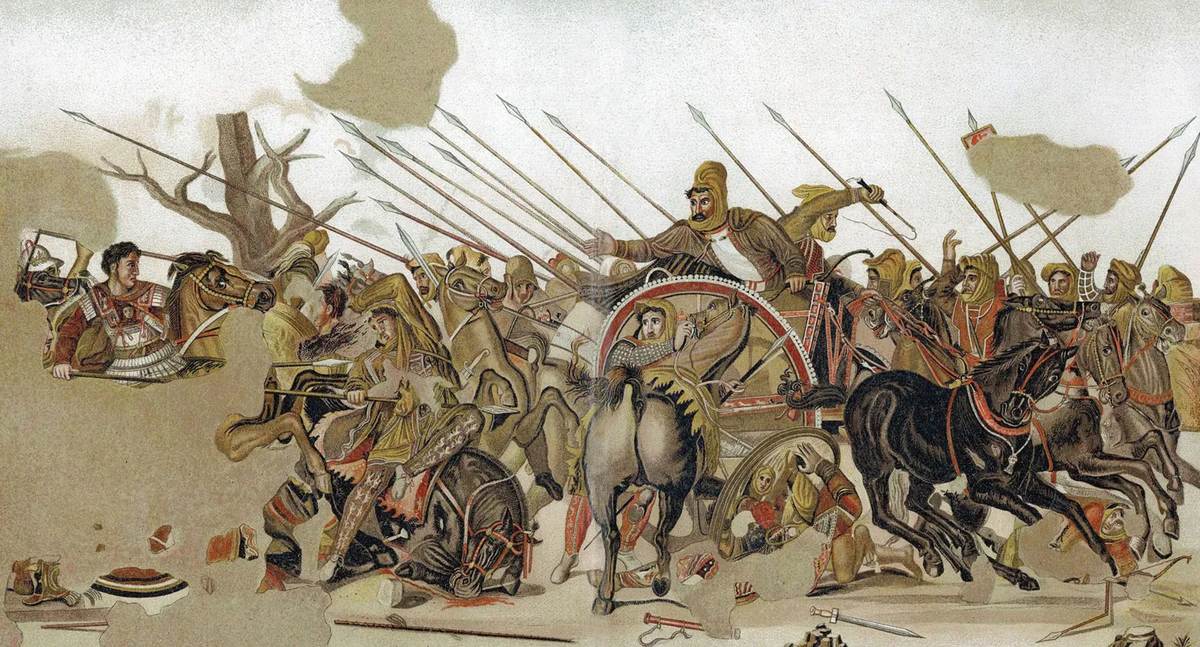
The Byzantine Empire later formalized these principles in military manuals like the Strategikon, emphasizing the paramount importance of unit cohesion and experienced leadership over raw numbers or equipment.
When General Sherman observed in 1865 that “five hundred new men added to an old and experienced regiment were more valuable than a thousand men in the form of a new regiment,” he was echoing wisdom that stretched back two millennia.
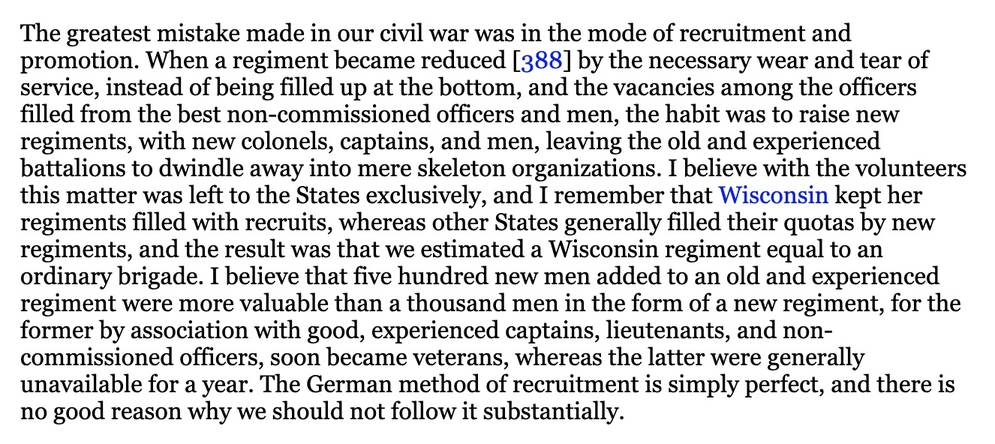
Ukraine's own experience validates these ancient principles. At the start of Russia's invasion in February 2022, Ukraine's rapid military expansion succeeded partly because of the high proportion of motivated volunteers and combat veterans among the recruits.
Commanders could either make or break a brigade. The 110th Brigade's experience demonstrates what's possible with proper leadership - under Colonel Chumak's command, it organized effectively and heroically defended Avdiivka despite initial challenges, Yuriy Butusov writes.
However, the 115th Brigade's story shows the opposite outcome. Thrown into battle for Sievierodonetsk without adequate leadership structure, it struggled severely and eventually disintegrated as an effective fighting force.
In 2023, Ukraine created another wave of brigades (numbered in the 20s, 30s, and 40s), drawing experienced personnel from existing units to form their core. While these units faced organizational challenges, they maintained some combat effectiveness.
By 2024, Ukraine's commanders would face a question that has challenged armies since the age of mass mobilization: how to build effective fighting units when your core of experienced leaders and veterans has been depleted?
Ukraine chose creating new ones from scratch. The cited reasons were clear: to enable rotation of exhausted units, to cover newly active frontlines (particularly 255km added in the Kursk direction), and to create operational reserves. These formations would receive modern Western equipment and NATO training, seemingly offering a path to rapidly modernize Ukraine's army.
However, one year later, the initiative has been proven unsuccessful, validating historical experience: hard-won combat experience is a tool that can’t be replaced.
Three critical system failures of Ukraine’s newest brigades
- New commanders lack battlefield experience.
- NATO-style training doesn’t prepare soldiers for Ukraine’s war; advanced weapons are given to untrained units while veteran brigades lack gear.
- New brigades lack essential equipment and drone knowledge.
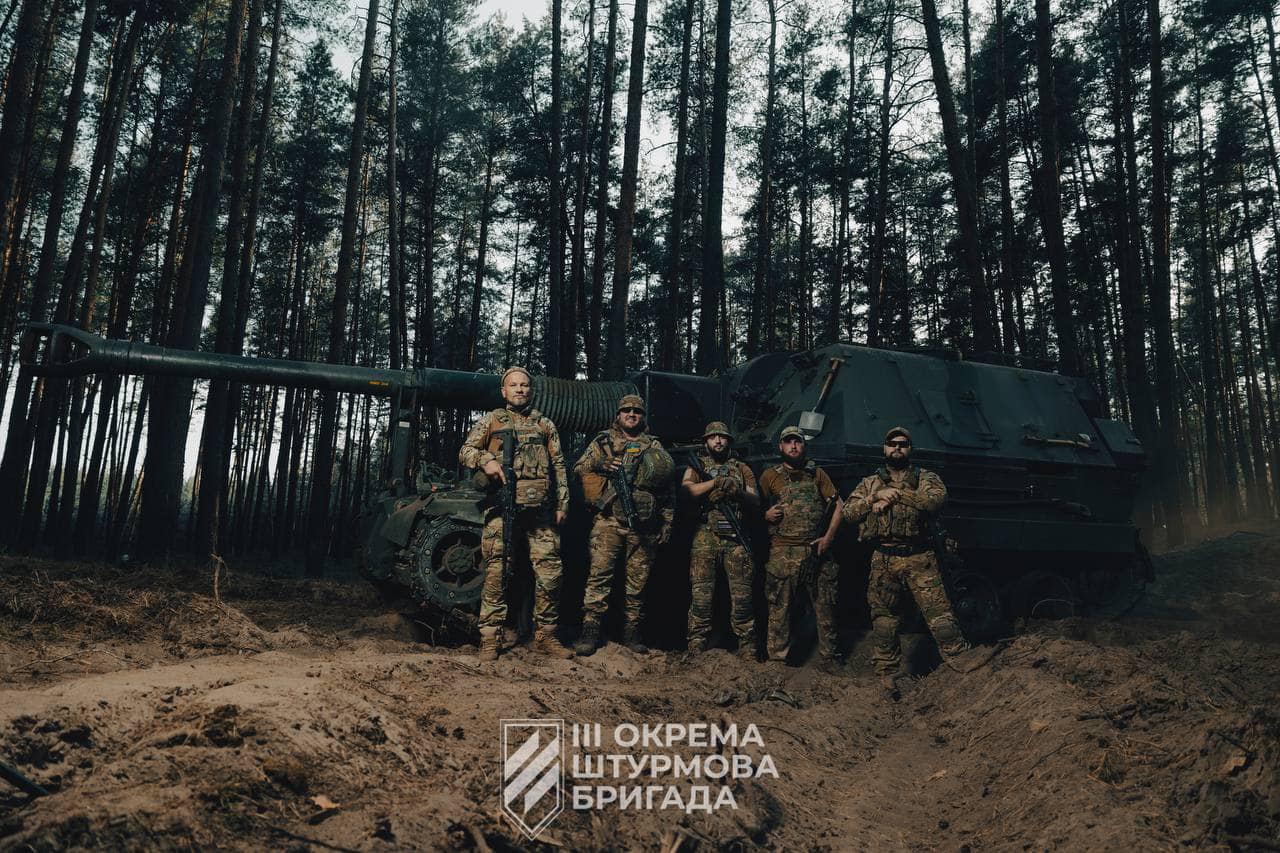
1. The leadership vacuum
Ukraine's newly formed brigades face a critical leadership crisis at every level. "New brigades lack a proper command structure," explains Captain Serhiy Filimonov. "Their leadership consists mainly of reserve officers and those from non-combat units."
The 155th Mechanized Brigade exemplifies Ukraine’s leadership crisis. According to military journalist Yuriy Butusov, most of its officers came from territorial recruitment centers with little to no battlefield experience, while others received promotions despite poor combat records.
Initially rated "unsatisfactory" in a combat readiness assessment, political pressure forced a reassessment, upgrading it to "satisfactory" in mere days. Despite clear deficiencies, the brigade was sent to the front, where it failed to hold its assigned sector, forcing elite units to intervene.
A deeper issue was the brigade’s “revolving door” of personnel. Trained soldiers were regularly transferred to other units, leaving it with poorly trained replacements and a constantly resetting training cycle.

France bets its European power on this secret Ukrainian brigade
Another case in point is the abovementioned struggling 153d Brigade. Battalion Commander Perun observed a telling paradox: the brigade’s commanders were completely unprepared for combat leadership. The unit lacked cohesion, clear command structure, and experienced officers, making it incapable of conducting independent operations.
The brigade was ultimately reinforced by elite units, instead of serving as a reliable combat force. Its inability to operate effectively reinforced a broader issue in Ukraine’s new brigades—without competent leadership and structured training, even well-equipped units can become liabilities rather than assets.
The British Army faced similar leadership challenges with its hastily-raised “Pals Battalions” in WWI. Like Ukraine's new brigades, these units had willing soldiers but inexperienced officers, leading to catastrophic losses at the Somme in 1916. After this fiasco, the British eventually shifted to a system of drafting replacements into experienced units, allowing new soldiers to learn from veterans before facing major combat – a system Ukraine is also shifting towards.
2. The training-reality gap and equipment paradox
The training crisis manifests in two distinct ways: inadequate foreign training programs and insufficient domestic preparation.
"In Europe, they can teach how to shoot a rifle and throw a grenade, but this will be only 10-15% of the knowledge needed just to survive," Filimonov explains. To survive, an infantryman must know how to camouflage himself, set up a position, monitor the surroundings and counter enemy drones, provide first aid, make correct reports, and coordinate with his comrades in the trench, all under experienced command whom he trusts.
The mismatch between Western training and battlefield reality proved lethal. In one particularly egregious incident near Pokrovsk, officers of the 155th Brigade proved incapable of getting their soldiers to their assigned combat positions.
"They didn't have electronic warfare protection for their BUS," recounts Filimonov, incredulous that they ventured to the front in such a flimsy vehicle without armor. "They simply didn't understand where they had arrived." What should have been a routine troop movement turned into a deadly fiasco.
Meanwhile, Ukrainian basic military training is severely underdelivering as well. Commander Biletskyi reveals that mobilized soldiers now fire only about 200 rounds during basic training - compared to 600 rounds in Soviet times. "We send people to the front who have no idea how to zero their weapons, who have no understanding of tactical medicine or basic orientation," he explains.
Trending Now
The message is being picked up in NATO. Former British Army commander Hamish de Bretton-Gordon is arguing that all military training carried out by Kyiv’s allies should be moved back to Ukraine, and the formation of new brigades stopped.
Adding to these training deficiencies, Filimonov points to a perverse equipment allocation policy: according to current agreements between Ukraine and its NATO partners, the new brigades get the armored vehicles and tanks, despite not knowing how to use them in combat conditions.
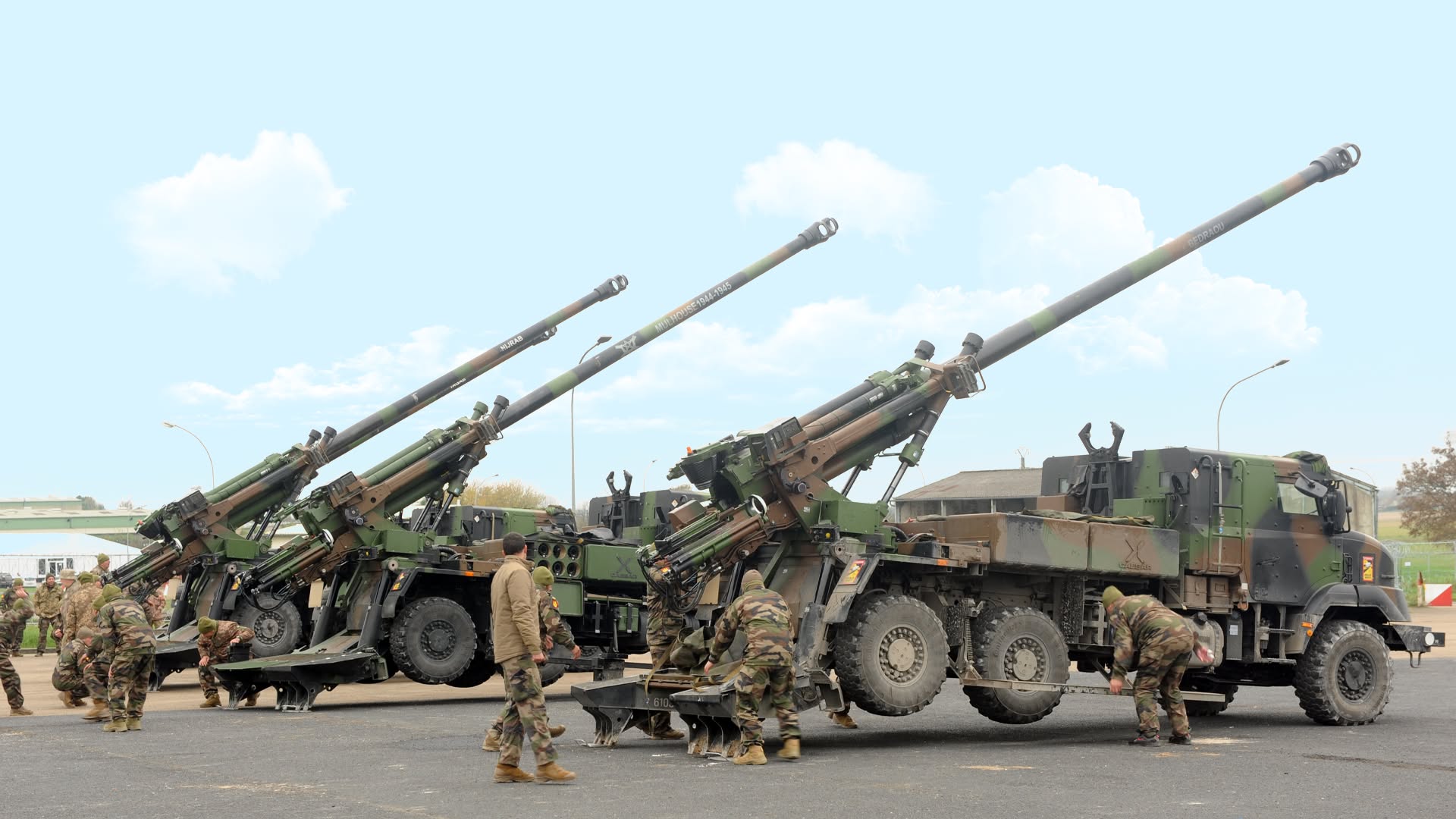
Meanwhile, seasoned brigades with experienced specialists who know how to effectively use them have few chances of doing so – meaning that not only is Ukraine’s frontline progress impaired, but also that the vehicles have a higher chance of being destroyed.
This problem became so dire that it was slammed as “crimes against the state” by respected officer, Azov Chief of Staff Bohdan Krotevych.
The German Army learned similar lessons on the Eastern Front. In 1944-45, as they ran out of experienced officers and non-comissioned officers, newly-raised divisions like Volksgrenadier and Ersatz, even equipped with modern weaponry, proved dramatically less effective than veteran units that received individual replacements. However, some well-led new units, such as certain Fallschirmjäger and Waffen-SS formations, performed better than average, highlighting the importance of leadership.
The Wehrmacht increasingly shortened its front lines to conserve manpower, and even poorly equipped veteran units often outperformed fresh but inexperienced divisions. This contributed to Germany’s preference for reinforcing depleted elite formations (such as Panzer divisions) rather than creating entirely new ones in the final phase of the war.
3. The drone gap and essential equipment
Despite receiving modern artillery and armored vehicles, new brigades lack the basic tools for survival in modern warfare. A mobilized soldier typically receives "a rifle, four magazines, body armor, helmet, first aid kit, and uniform," Filimonov details. But survival requires much more.
"Without a radio with an extra battery, at least one tablet per group, another 6-10 magazines, a box of grenades, shovel, trench electronic warfare equipment, and a Mavic drone overhead, their chances of survival decrease dramatically," Filimonov warns. Most of this essential equipment comes from volunteers and soldiers' families rather than official channels.
Filimonov underscores the central role of drones in the Russo-Ukrainian war. They enable commanders to gather real-time intelligence, monitor enemy positions, and coordinate strikes with pinpoint accuracy. Without them, soldiers often operate "blind," unable to anticipate or react effectively to enemy movements.
Efforts to address these shortcomings are underway, with some experienced brigades stepping in to mentor new units. Ukraine's 3rd Assault Brigade, for example, not only trains its recruits in combat skills but also educates them on integrating drones into their operations.
The brigade emphasizes the importance of equipping every squad with drone operators and ensuring that every unit is supplied with essential electronic warfare tools. Such practices have dramatically improved their survivability and success rates on the battlefield.

Finding solutions comes from understanding reasons.
For 11 years, Euromaidan Press has sought to understand the real reasons of issues in and around Ukraine — and now, you can be the force that drives our mission.
Stop watching history. Create it — become our patron right now.
Solutions from Ukrainian experience rhyme with history
The most effective combat units pay special attention to providing extra training to newcomers before deploying them. Ukraine's 3rd Assault Brigade delivers three weeks of internal training after basic military training. According to Commander Andriy Biletskyi, this results in record-high personnel retention and record-low desertion rates.
Filimonov from “Da Vinci’s Wolves” concurs. Soldiers who are given time to train and bond in a unit under capable command try “to stay there at any cost.” However, if sent into combat right after completing training in Europe or Ukraine without any additional work, they are either killed or desert. By omitting this crucial step, Ukraine “got low-motivated, unprepared and unsupported soldiers who have no chance of surviving and holding their positions” instead of capable reserves, Filimonov says.
Historical parallels are found in America. During WWII, the US Army under Eisenhower discovered that its best divisions like the 1st Infantry maintained combat effectiveness by receiving steady streams of replacements who could be integrated and trained by experienced soldiers. As Eisenhower noted in his memoirs, these veteran divisions, even when depleted, proved far more valuable than fresh units sent directly into combat. His key insight was that unit cohesion and experience mattered more than raw numbers or modern equipment.
However, the US system had its own controversies that Ukraine would be prudent to learn from. Unlike the British and the Germans, Americans often sent replacements straight into combat than allowing them to train with their new unit, sometimes decreasing cohesion. Ukrainian commanders are raising the alarm about this problem, stressing that newcomers cannot be thrown into battle with little time for bonding or cohesion.
Commander Biletskyi proposes a systematic solution: a four-month instructor training program. "Take 200 good sergeants from existing units to train as instructors. They can graduate people at a ratio of one to ten," he explains. Within five months, this could produce "20,000 fully trained, absolutely professional mobilized soldiers."
He emphasizes the importance of immediate commanders like sergeants in unit structure: "They directly communicate with the personnel and determine whether the unit is capable of performing the assigned tasks." The brigade regularly removes underperforming officers and maintains constant training even during combat operations.
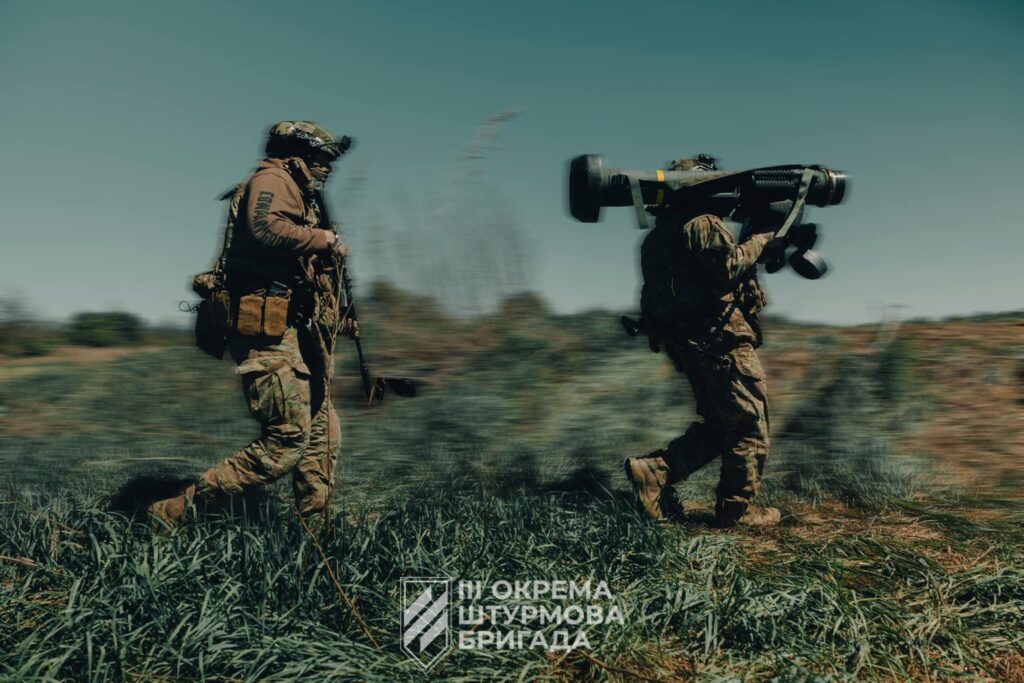
Structural reform: the division solution
Ukraine’s army, consistently downsized since independence in 1991, eliminated larger military units like corps and divisions, making the brigade Ukraine’s highest tactical unit. This movement towards a “small but professional army” has backfired during Russia’s full-scale invasion: Ukraine struggled to coordinate the large-scale operations needed during a major war.
Ukrainian commanders are now exposing this critical gap: Azov Chief of Staff Krotevych argues for transitioning to permanent divisions, which would create stable command structures where leaders truly know their units' capabilities.
The current system's weaknesses become evident in daily operations. Krotevych describes how brigades receive multiple daily combat orders with vague directives like "restore tactical position" or "conduct offensive actions," even when units lack sufficient personnel for basic defense.
Unlike the current system of rotating commanders every few months, divisions would maintain permanent leadership and dedicated support units. This would provide:
- Unity of command through permanent leadership
- Improved resource efficiency across larger formations
- Enhanced security through coordinated operations
- Reduced micromanagement of tactical units
- Dedicated combat and fire support units
- More objective assessment of unit capabilities
- Expanded defense lines with fewer emergency reinforcements
Signs of change and future challenges
Recent appointments and policy changes suggest Ukraine's military leadership recognizes these challenges. Major General Mykhailo Drapatyi, newly appointed commander of Ukraine's ground forces, has announced plans for comprehensive transformation focusing on improved training regimes and strengthening non-commissioned officers' roles.
The General Staff is implementing significant structural changes, including a 60% reduction in size, with released personnel being redeployed to combat units. On 3 February, Ukraine’s Commander-in-Chief announced the transition to a division system.
However, challenges remain. Commander-in-Chief Syrskyi provides a nuanced view: "We have many examples when new brigades that were created just last year show quite high results, but all new brigades went through a certain crisis, I would call it through a period of adaptation. That is, you need to withstand, hold on - and then they already show results no worse than old brigades."
The case of the 156th Brigade, currently in training, will test whether these lessons have been learned, military journalist Butusov writes. The General Staff's assignment of Hero of Ukraine Yevhen Mezhevikin as an overseer demonstrates increased attention to proper unit formation. Success will require:
- Minimum two months of organization after foreign training
- Complete equipment packages including drones during training
- Objective combat readiness evaluation
- No deployment until fully prepared, regardless of timeline pressures.
History has shown that experience and cohesion outweigh technology in warfare. Ukraine’s shift toward division-based command, better training pipelines, and veteran-led mentorship programs will determine whether its military can adapt before it’s too late. The fate of its new brigades—and possibly the war—depends on it."
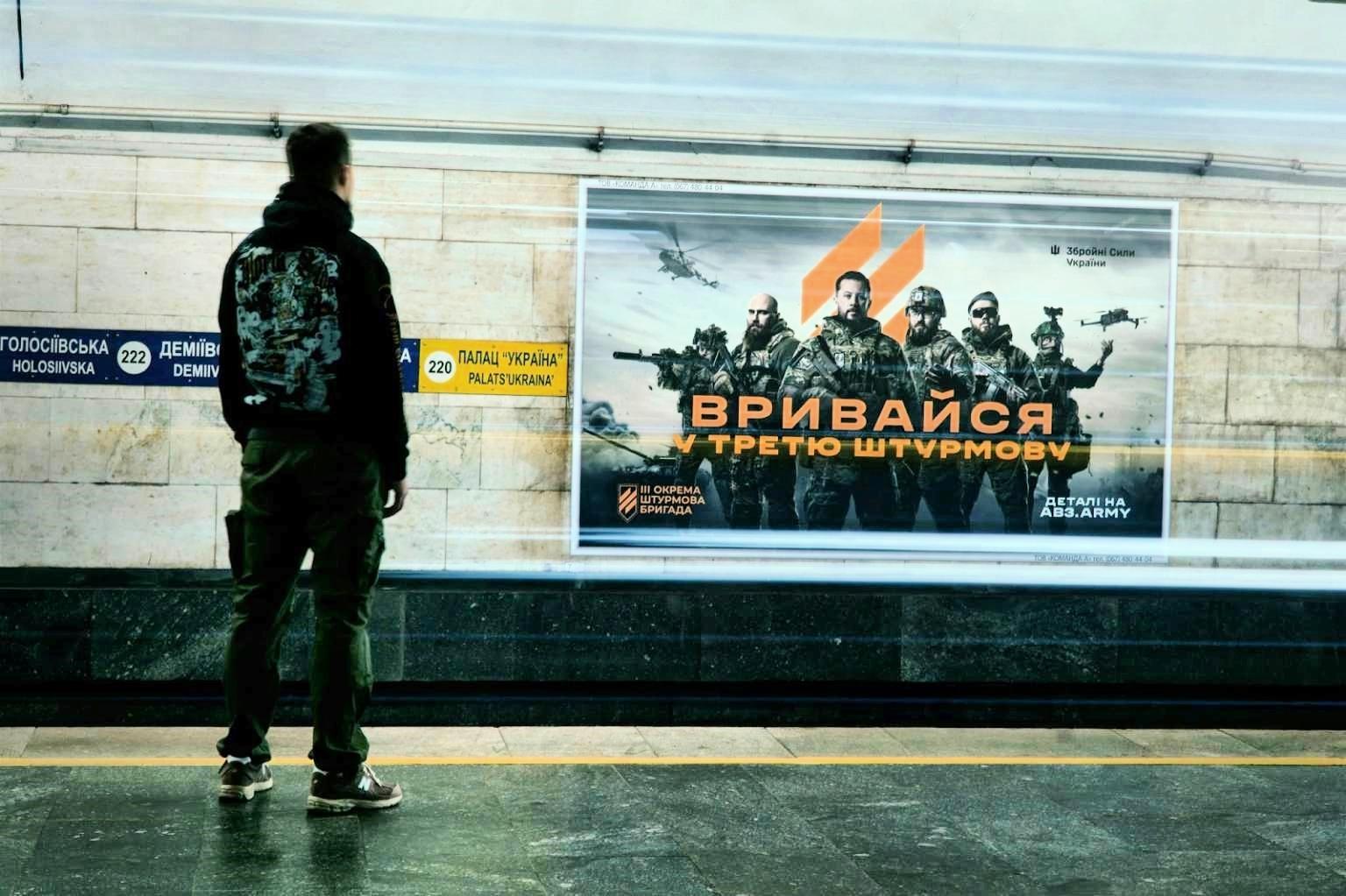
Why is Ukraine losing ground? Mobilization crisis and command failures exposed
My heartfelt thanks to Tatarigami for pointing out the historical parallels of Ukraine's struggles with those in the US Civil War, which launched a quest to find other examples from history

